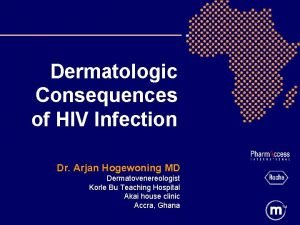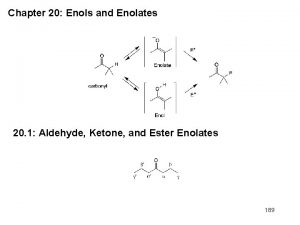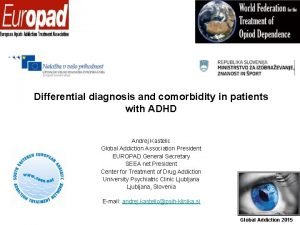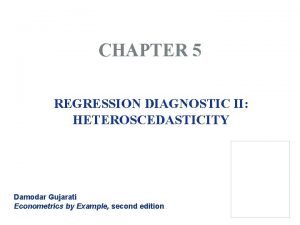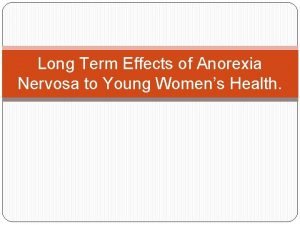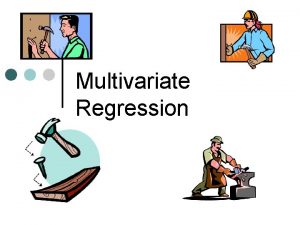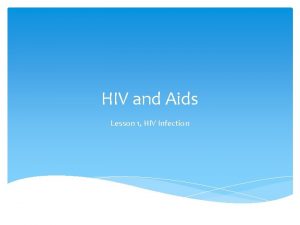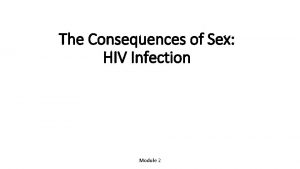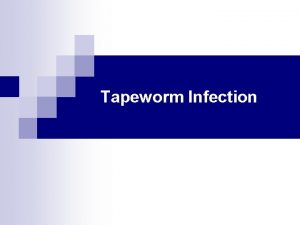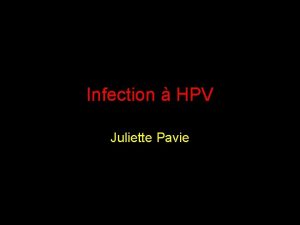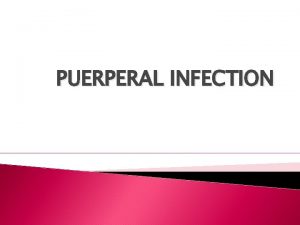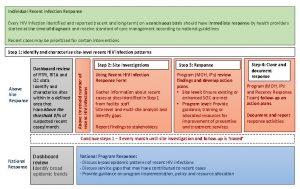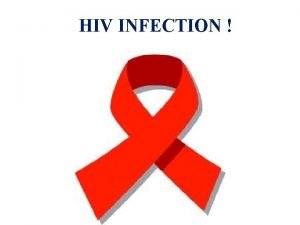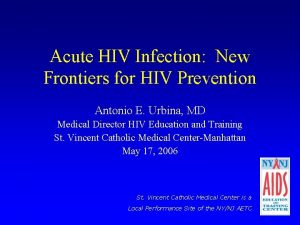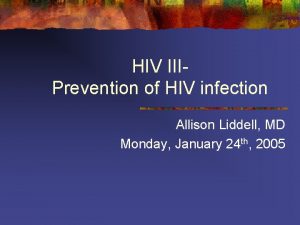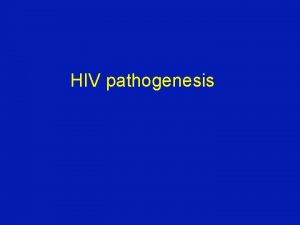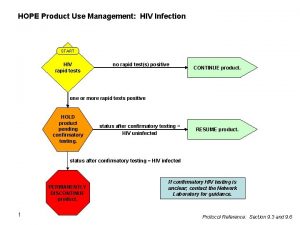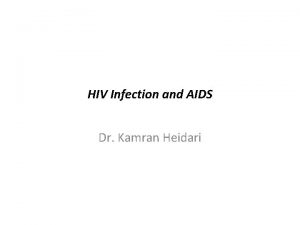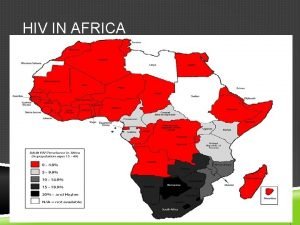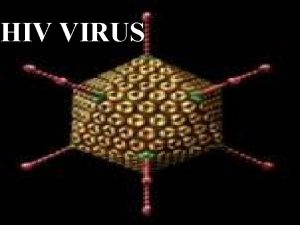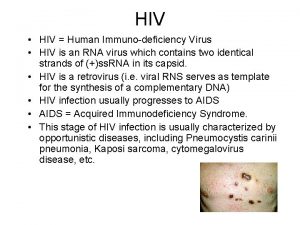Dermatologic Consequences of HIV Infection Dr Arjan Hogewoning












































































- Slides: 76

Dermatologic Consequences of HIV Infection Dr. Arjan Hogewoning MD Dermatovenereologist Korle Bu Teaching Hospital Akai house clinic Accra, Ghana TM



Agenda • Introduction • Relation HIV/Dermatology • HIV and skin infections (viral, bacterial, fungal) • HIV and other skin diseases • Discussion



CD 4 -count (dells per µL) Natural Courses of HIV Infection symptoms 1000 clinical latency constitutional symptoms 800 opportunistic diseases: tuberculosis, lymphoma Candidiasis, herpes KS, PCP Toxoplasmosis Cryptosporidiosis 600 400 200 acute HIVinfection weeks CMV, MAI years death 0 1996

HIV Related Skin Diseases • Impairment of the skin immune system is responsible for both infectious and non infectious skin diseases, even before the development of full immunodeficiency

HIV Related Skin Diseases • Impairment of the immune system, a well recognised consequence of pharmacological immunosuppression , leads to microbial and malignant invasion

HIV Related Skin Diseases • Diseases of the skin and mucous membranes are among the first recognised clinical manifestations of AIDS • More than 90% of patients develop skin or mucous membrane conditions at some time during their diseases • Often the skin is the first organ affected

HIV Related Skin Diseases • Primary mucocutaneous signs of HIV infection • Viral, Bacterial, Fungal infections • Miscellaneous disorders – – Seborrhoic dermatitis Deteriorating of existing dermatoses like psoriasis or eczema Pruritus Adverse cutaneous drug reactions • Tumors – Non Hodgkin lymphoma – Basal cell carcinoma, Melanoma – Kaposi Sarcoma


Proportion of HIV- attributable Tuberculosis in the World Estimates for 1990, 1995, 2000 Estimated cases (million) 10. 2 m 12 10 8 8. 8 m 7. 5 m 6 4 2 0 4. 2 m 1990 8. 4 m 13. 8 m 1995 2000 HIV-attributable Tuberculosis Programme/WHO Not related to HIV












Herpes Infections • • Herpes Simplex Virus 1 Herpes Simplex Virus 2 Epstein-Bar Virus Cyto Megalo Virus Varicella Zoster Virus Humane Herpes Virus 6 Humane Herpes Virus 7 Humane Herpes Virus 8









Varicella Zoster • Primary VZV infection in HIV infected children is often severe (dissemination, pneumonia, encephalitis, pancreatitis) • Frequency of reactivation of latent VZV leading to Herpes Zoster is greatly increased for HIV infected persons • Herpes Zoster can occur at any stage of HIV disease but presents often in the beginning

Varicella Zoster • The decrease in CD 4+ cell function is not solely responsible for the increased Herpes Zoster risk • CD 8+ cells may also play an important role in reactivating VZV and are known to increase early in HIV infection




Kaposi Sarcoma • Classical Kaposi sarcoma • African endemic Kaposi sarcoma • Latrogenic, immunosuppressive, drug associated Kaposi sarcoma • AIDS-associated, epidemic Kaposi sarcoma
















Xerosis Cutis • Weight loss and cachexia (nutritional deficits) • Increase of several cytokines like IFN-Alpha, TNF, IL-1 and IL-6 • IFN-Alpha and TNF alter lipid metabolism (increase levels of triglycerides and decrease cholesterol) • The lipid metabolism in the epidermis is changed and leads to transepidermal water loss



Pruritus • A common complaint in HIV infected patients • Multitude of disorders and microorganisms may give rise to pruritus

Causes of Pruritus • Folliculitis (Staphylococcus Aureus and Pityrosporum) • Exaggerated responses to insect bites • Sarcoptes Scabiei • Adverse cutaneous drug eruptions • HIV related asteatosis • HIV associated eosinophilic folliculitis • Ill defined HIV related pruritic papular eruptions

















 Arjan hogewoning
Arjan hogewoning Arjan verweij
Arjan verweij Arjan van hessen
Arjan van hessen Arjan veerman
Arjan veerman Arjan van hessen
Arjan van hessen Arjan verweij
Arjan verweij Arjan van der star
Arjan van der star Arjan baan
Arjan baan Arjan koning
Arjan koning Consequences of multicollinearity
Consequences of multicollinearity Consequences of heteroscedasticity
Consequences of heteroscedasticity Consequences of underage drinking
Consequences of underage drinking Consequences of ww1
Consequences of ww1 Consequences of industrialization
Consequences of industrialization Internal alignment pay structure
Internal alignment pay structure Firm level consequences of market globalization
Firm level consequences of market globalization Consequences of enolization
Consequences of enolization Abolish high school football
Abolish high school football Objective consequences
Objective consequences Consequences of heteroscedasticity
Consequences of heteroscedasticity Industrial revolution effects
Industrial revolution effects 7 delinquent behaviors
7 delinquent behaviors Consequences of obesity
Consequences of obesity Actions and their consequences examples
Actions and their consequences examples Recommendations for self-administered consequences include:
Recommendations for self-administered consequences include: Unemployment measures
Unemployment measures Cascading consequences
Cascading consequences Land pollution consequences
Land pollution consequences Cause and effect examples
Cause and effect examples The economic consequences of legal origins
The economic consequences of legal origins Romeo and juliet act 4 script
Romeo and juliet act 4 script Borderline adhd symptoms
Borderline adhd symptoms Dov strikovsky
Dov strikovsky Berlin blockade consequences
Berlin blockade consequences Definition of pollution in simple words
Definition of pollution in simple words Shedules of reinforcement
Shedules of reinforcement Consequences of enolization
Consequences of enolization Weigh the consequences
Weigh the consequences Consequences of incorporation
Consequences of incorporation Air pollution consequences
Air pollution consequences Consequences of horseplay
Consequences of horseplay Consequences of variation
Consequences of variation Impacts of inflation
Impacts of inflation 632021
632021 Health consequences of anorexia
Health consequences of anorexia Truancy consequences
Truancy consequences Why was the truman doctrine created
Why was the truman doctrine created Ideas have consequences bad ideas have victims
Ideas have consequences bad ideas have victims Weigh the consequences
Weigh the consequences In your notebook write consequences of these situations
In your notebook write consequences of these situations Tardiness in education
Tardiness in education Rising food prices causes and consequences
Rising food prices causes and consequences Unintended consequences
Unintended consequences What is the relationship between choices and consequences
What is the relationship between choices and consequences Consequences of inflation
Consequences of inflation Consequences of the fall
Consequences of the fall Consequences of the truman doctrine
Consequences of the truman doctrine Effects of imperialism
Effects of imperialism How to detect heteroscedasticity
How to detect heteroscedasticity Taxonomy of bugs in stm
Taxonomy of bugs in stm Consequences of the 100 years war
Consequences of the 100 years war Lack of manners
Lack of manners Okonkwo's violent acts and consequences part 1
Okonkwo's violent acts and consequences part 1 What are the consequences of sin in genesis chapter 3
What are the consequences of sin in genesis chapter 3 Consequences of disobedience in the bible
Consequences of disobedience in the bible Olavi voittonen
Olavi voittonen Hazardous attitudes
Hazardous attitudes Intrinsic rewards are psychic and self-granted
Intrinsic rewards are psychic and self-granted Short term effects of anorexia nervosa
Short term effects of anorexia nervosa Consequences of overfishing
Consequences of overfishing Cohesive devices used to signal consequences
Cohesive devices used to signal consequences Multicollinarity
Multicollinarity Consequences
Consequences What are the social classes in the united states
What are the social classes in the united states Consequences of the wicked
Consequences of the wicked Obesity health consequences
Obesity health consequences Unintended consequences
Unintended consequences
